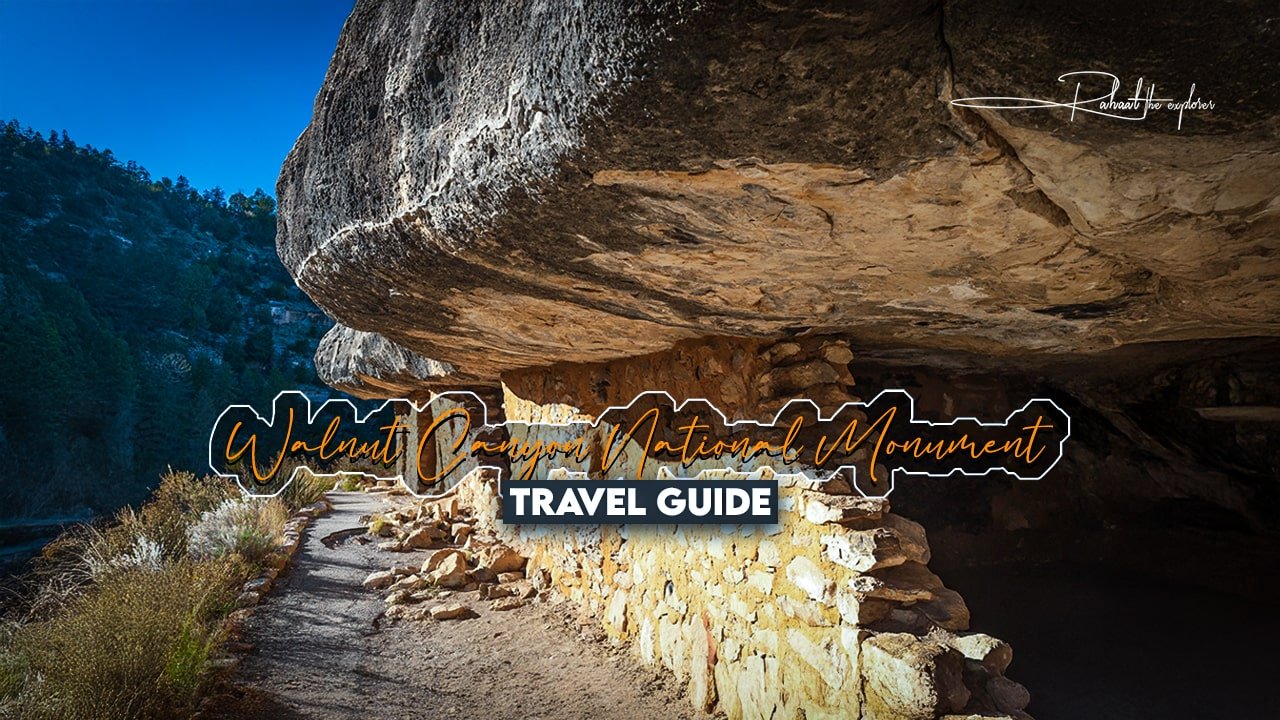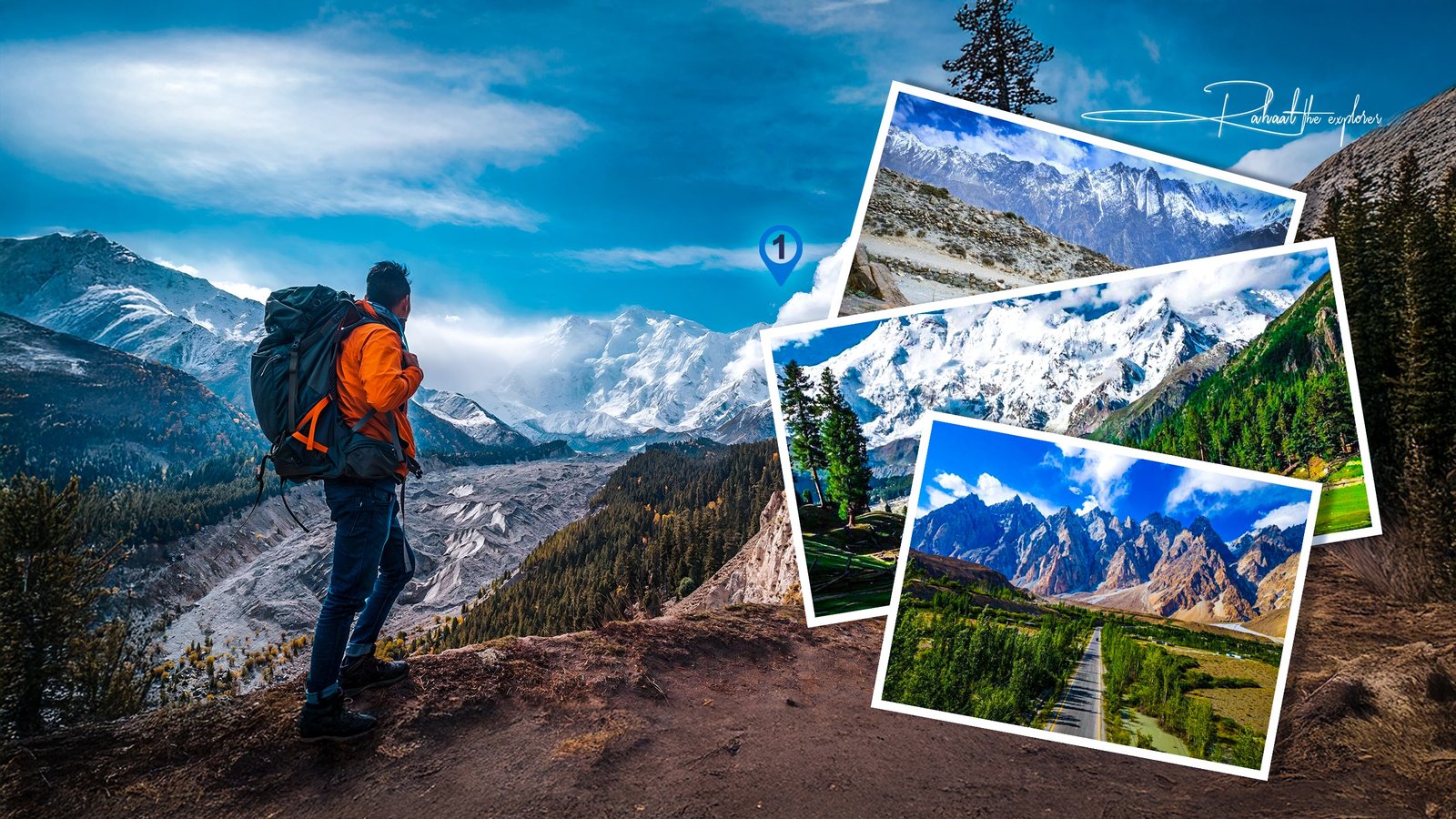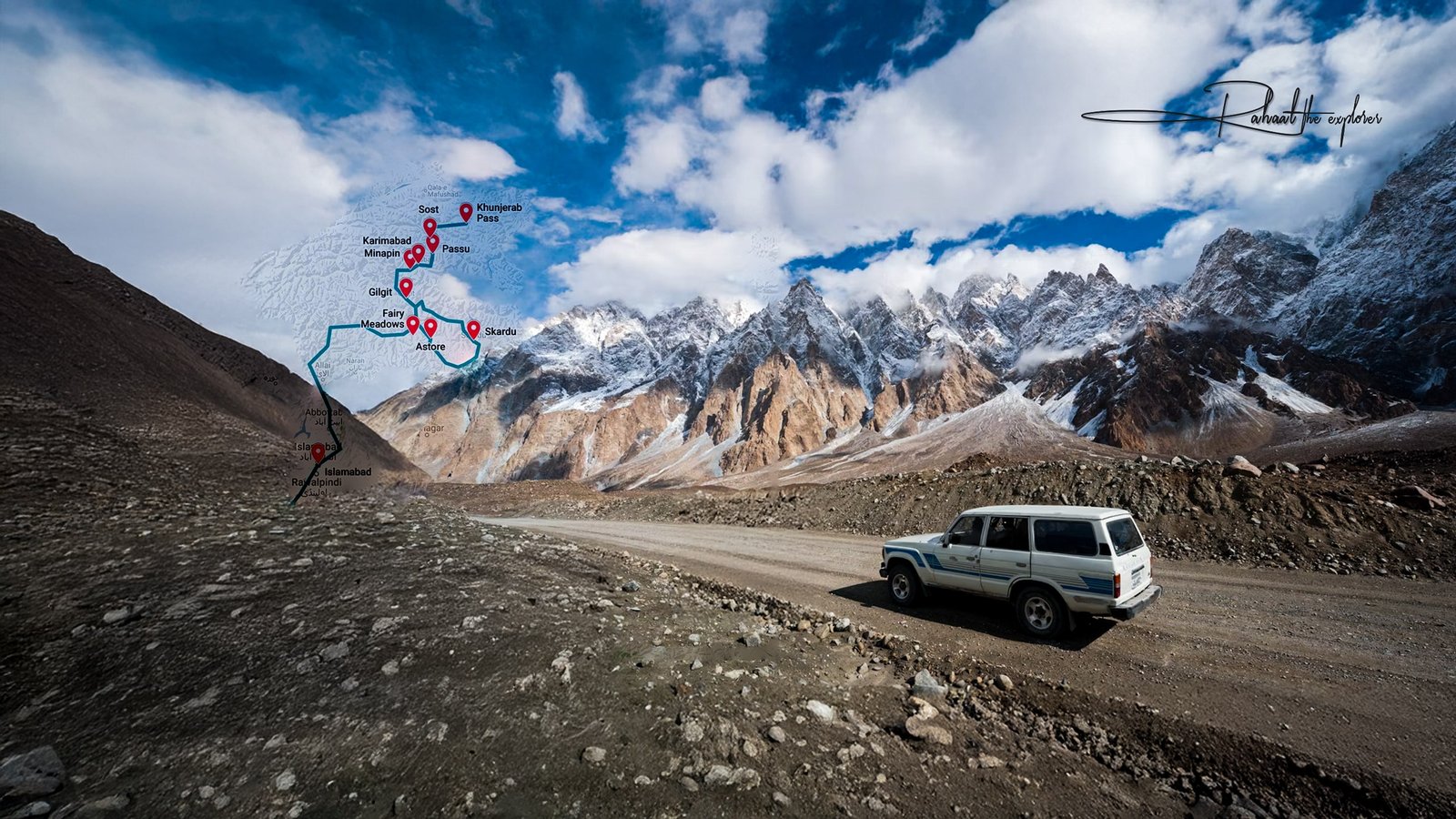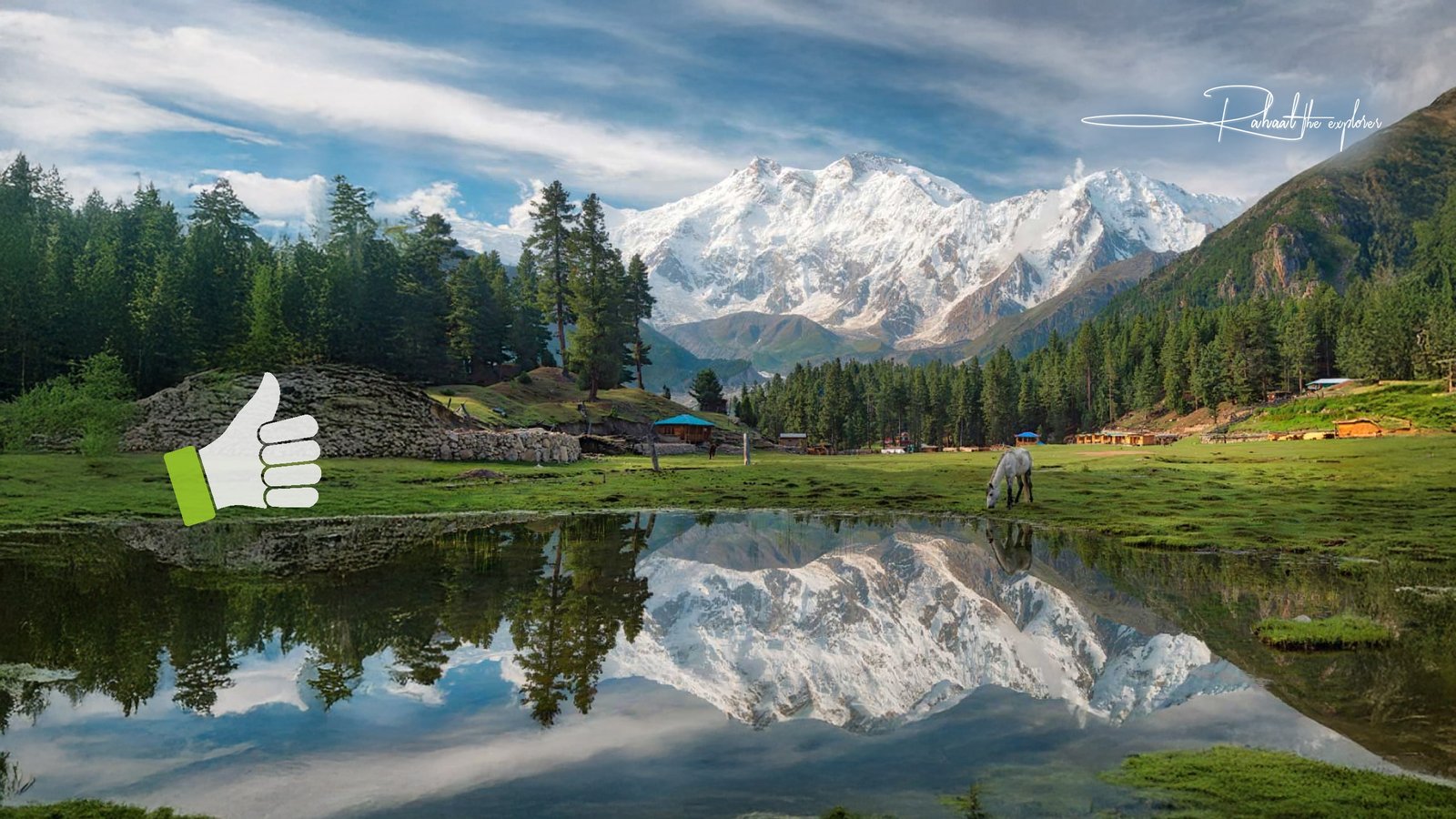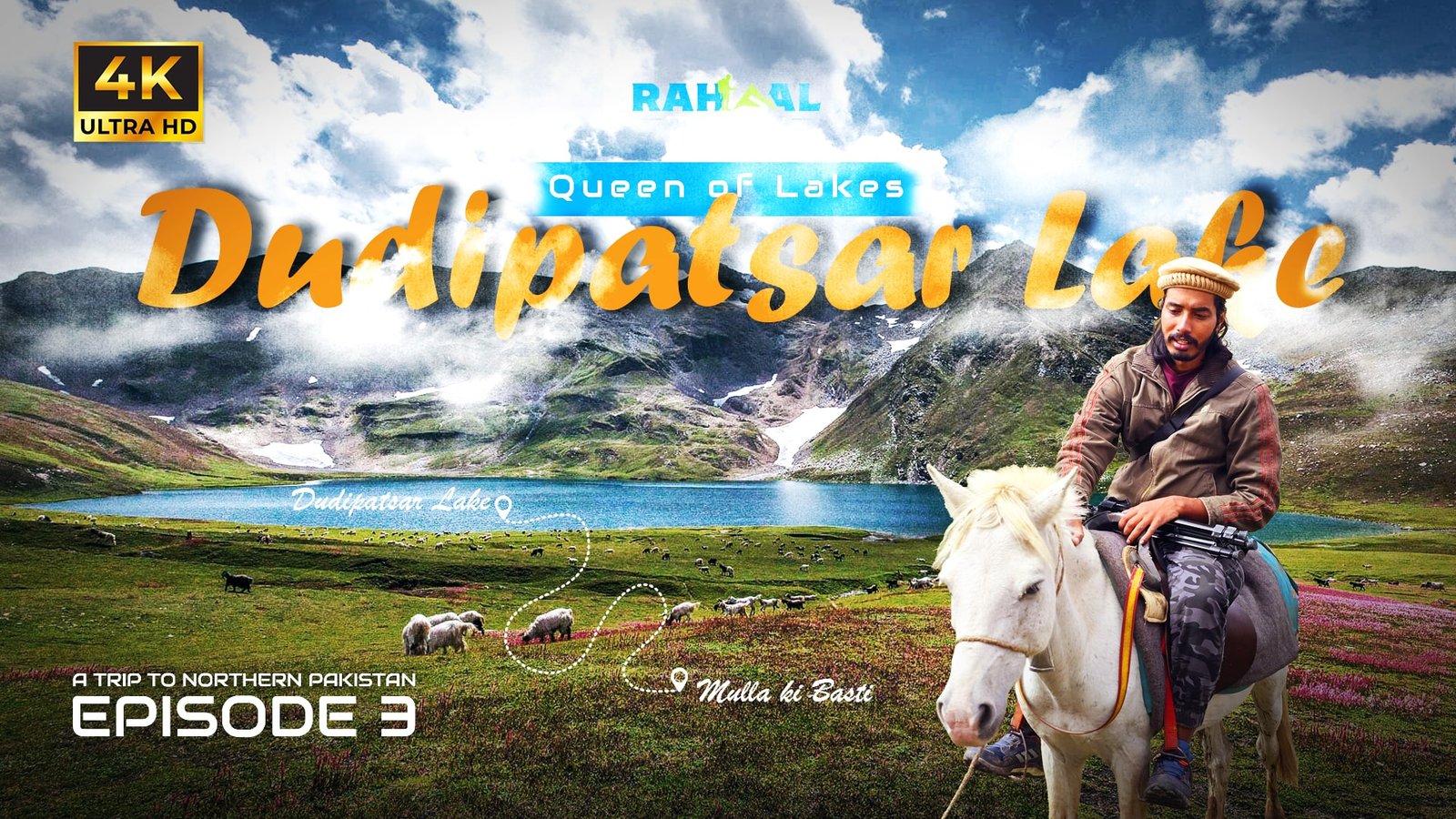Introduction
Located just a short drive from Flagstaff, Arizona, the Walnut Canyon National Monument is a fascinating blend of natural beauty and ancient history. Famous for its well-preserved cliff dwellings built by the Sinagua people over 800 years ago, this monument offers visitors a unique opportunity to step back in time while enjoying breathtaking canyon views.
If you’re planning a trip to northern Arizona, this travel guide will give you everything you need to know—from hiking trails and historic insights to practical travel tips and FAQs—so you can make the most of your visit to Walnut Canyon.
Why Visit Walnut Canyon National Monument?
The Walnut Canyon National Monument is more than just a canyon; it’s a cultural and natural wonder. Here’s why it’s worth adding to your travel itinerary:
- Historic Cliff Dwellings: See the remains of the Sinagua people’s stone homes built into the canyon walls.
- Scenic Views: The canyon’s rim offers incredible vistas of rugged cliffs and diverse plant life.
- Educational Experience: Learn about ancient Native American history, archaeology, and geology.
- Family-Friendly Adventure: Easy trails and educational exhibits make it a great stop for families.
- Close to Other Attractions: Located near Flagstaff, it’s a convenient side trip when exploring northern Arizona.
The History of Walnut Canyon National Monument
The story of Walnut Canyon National Monument begins with the Sinagua people, who inhabited the area between 600 and 1400 CE. Their name, Sinagua, means “without water,” referring to their ability to thrive in arid landscapes.
- Cliff Dwellings: The Sinagua constructed more than 80 homes in natural alcoves along the canyon walls. These stone and mortar structures provided shelter, warmth, and defense.
- Agriculture: They farmed corn, beans, and squash on the canyon rim while relying on native plants and hunting for survival.
- Trade Networks: Evidence shows that the Sinagua traded with distant tribes, exchanging pottery, shells, and turquoise.
- Abandonment: Around 1250 CE, the Sinagua mysteriously left the canyon. Theories suggest drought, resource depletion, or migration to nearby Hopi communities.
- Monument Designation: In 1915, Walnut Canyon was officially designated as a National Monument to protect its archaeological treasures.
Top Things to Do at Walnut Canyon National Monument
1. Walk the Island Trail
The Island Trail is the monument’s most popular hike. Descend 240 steps into the canyon and walk a one-mile loop past 25 ancient cliff dwellings. You’ll get an up-close look at the Sinagua homes while enjoying panoramic canyon views.
2. Explore the Rim Trail
For an easier option, the Rim Trail offers a half-mile walk along the canyon’s edge. It includes scenic overlooks, ruins of pithouses, and ancient agricultural sites.
3. Visit the Visitor Center
The Walnut Canyon Visitor Center provides museum exhibits, interpretive programs, and a bookstore. Rangers share fascinating insights into the Sinagua culture and canyon’s natural history.
4. Wildlife and Birdwatching
The canyon is home to mule deer, rock squirrels, and over 200 bird species, making it a paradise for nature lovers.
5. Photography Opportunities
From sunrise to sunset, the canyon offers spectacular lighting for photography. Don’t miss wide-angle shots of cliff dwellings against the canyon walls.
Hiking at Walnut Canyon
Island Trail Highlights
- Length: 1 mile round trip
- Difficulty: Moderate (240 steps each way)
- Best For: History lovers and adventurous hikers
- Tip: Carry water and rest along the benches if needed.
Rim Trail Highlights
- Length: 0.7 miles
- Difficulty: Easy
- Best For: Families with children or those wanting a gentle walk
- Tip: Perfect for sunrise or sunset views.
Practical Travel Information
Location
- Address: Walnut Canyon National Monument, Flagstaff, Arizona
- Distance from Flagstaff: About 10 miles east
Hours & Fees
- Open: 9 AM – 4:30 PM daily (check seasonal variations)
- Entry Fee: Around $25 per vehicle (covers multiple passengers)
- Pass Options: America the Beautiful Pass accepted
Facilities
- Visitor center with restrooms, bookstore, and exhibits
- Picnic area near the parking lot
- Designated trails with safety railings
Best Time to Visit Walnut Canyon
- Spring (March–May): Wildflowers bloom, and temperatures are pleasant.
- Summer (June–August): Popular season, but can be hot—plan morning visits.
- Autumn (September–November): Cooler weather and fewer crowds.
- Winter (December–February): Quiet and peaceful, but trails may be icy.
Tips for Visiting Walnut Canyon
- Bring Water: Arizona’s dry climate can cause dehydration quickly.
- Wear Sturdy Shoes: Trails involve stairs and uneven surfaces.
- Pack Light Snacks: Great for a picnic after hiking.
- Photography Gear: A wide-angle lens captures the canyon’s grandeur.
- Respect the Site: Do not touch or climb on cliff dwellings to preserve them.
Nearby Attractions
Combine your visit to Walnut Canyon National Monument with other northern Arizona destinations:
- Sunset Crater Volcano National Monument: A dramatic volcanic landscape just 30 minutes away.
- Wupatki National Monument: Ancient pueblo ruins offering another glimpse into Native American history.
- Flagstaff: A charming mountain town with restaurants, breweries, and Route 66 vibes.
- Grand Canyon National Park: Only 90 minutes away, perfect for a day trip.
Where to Eat Near Walnut Canyon
- Downtown Flagstaff: Offers a variety of dining, from Mexican cuisine to craft breweries.
- Local Cafés: Perfect for a pre- or post-hike coffee and pastry.
- Picnic at the Monument: Bring your own snacks to enjoy in designated areas.
Where to Stay
- Flagstaff Hotels: From budget motels to boutique hotels, Flagstaff has plenty of options.
- Cabins & Lodges: Cozy accommodations in the Coconino National Forest.
- Camping: While not available inside Walnut Canyon, nearby campgrounds offer a great outdoor experience.
FAQs About Walnut Canyon National Monument
Q1: How long does it take to visit Walnut Canyon?
Most visitors spend 1.5–2 hours, depending on whether they hike both trails.
Q2: Can you go inside the cliff dwellings?
You can walk close to them on the Island Trail, but entering or touching is prohibited to preserve the ruins.
Q3: Is Walnut Canyon family-friendly?
Yes, the Rim Trail is easy for children, while the Island Trail may be challenging for younger kids.
Q4: What should I bring for a visit?
Bring water, comfortable shoes, sun protection, and a camera.
Q5: Are pets allowed at Walnut Canyon National Monument?
Pets are not permitted on trails but are allowed in the parking and picnic areas.
Q6: Is the monument wheelchair accessible?
The Visitor Center and Rim Trail are accessible, but the Island Trail is not due to steep stairs.
Q7: What’s the significance of Walnut Canyon?
It preserves ancient Sinagua cliff dwellings, showcasing the resilience and culture of early inhabitants.
Conclusion
The Walnut Canyon National Monument is a treasure trove of history, culture, and natural beauty. From hiking the Island Trail to exploring ancient cliff dwellings, every step offers a deeper connection to the past.
Whether you’re a history buff, a nature enthusiast, or a traveler looking for unique experiences, Walnut Canyon is a must-visit destination in northern Arizona. Combine it with nearby attractions like Flagstaff, Sunset Crater, or the Grand Canyon, and your adventure will be nothing short of unforgettable.
So lace up your hiking boots, pack your camera, and get ready to explore the wonders of Walnut Canyon National Monument—an experience that blends ancient heritage with stunning landscapes.


